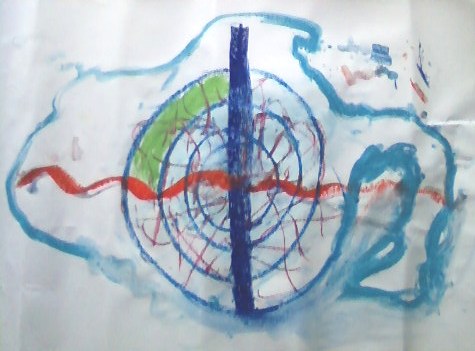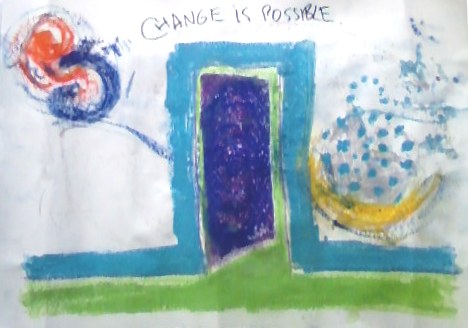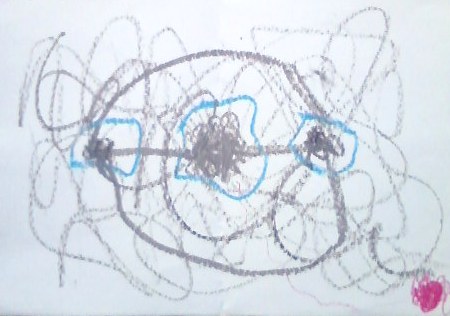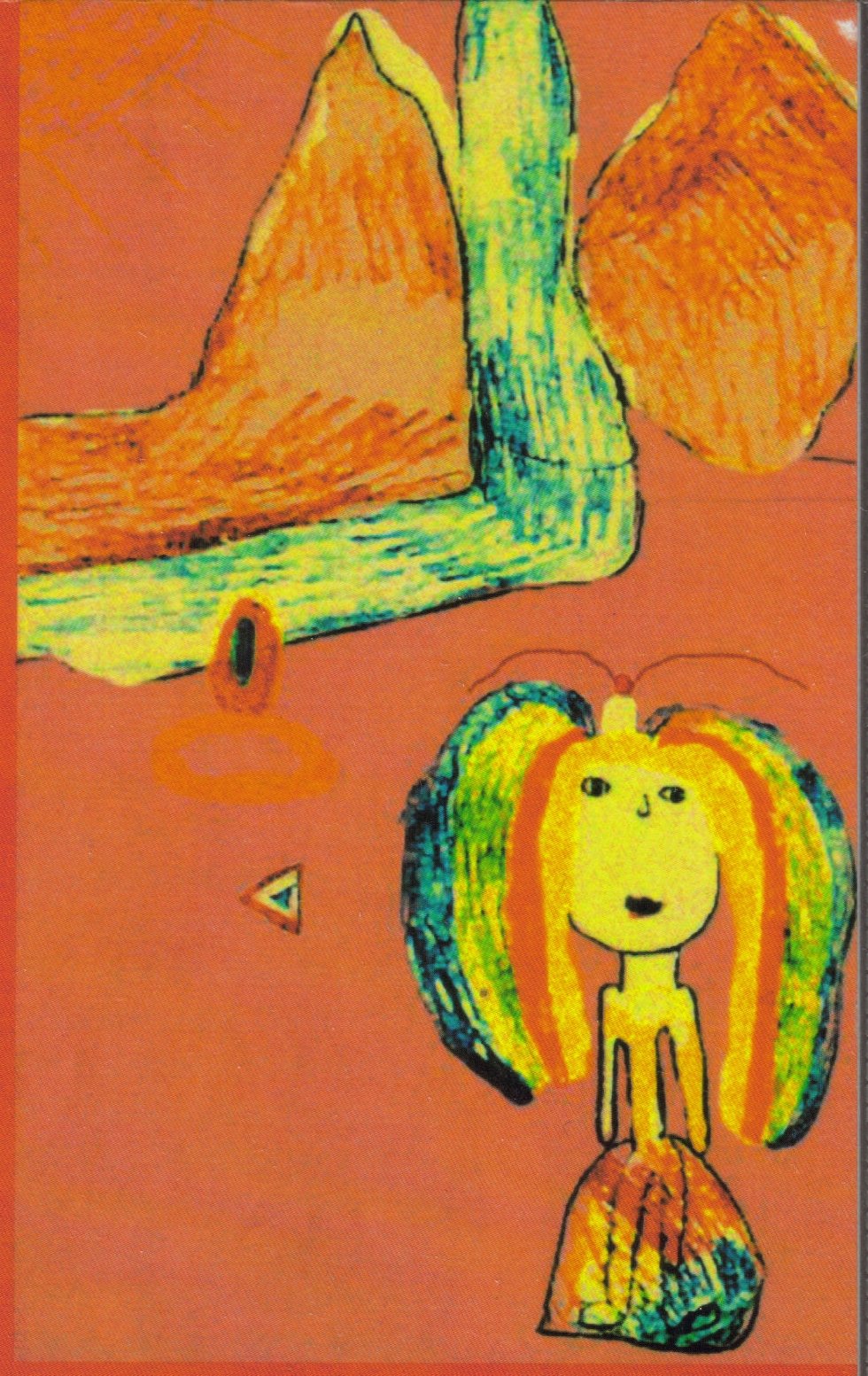In 2010 I completed a training in the Netherlands, based on the work of Marta Stapert,
who has published a book I would recommend to any parent, teacher or child worker:
Focusing with Children: the Art of communicating with children at school and at home.
My instructor was Rene Veugelers ~ who was trained by Marta and works locally as a
Psychiatric Nurse, Art therapist and now also internationally, as a ' Focusing ' Trainer.
As part of this course I was lucky enough to meet Marta and see her way of working.
To read a bit more about this child friendly approach to exploring our inner experience ~
This is about Being with a child and not being ' for or against ' them as we may often be.
It is about Listening with a child, rather than just Listening to them or Listening for them
and being better able to recognise how this subtle shift in our way of behaving as adults
can make a profound difference to the richness of experience of any children in our care.
This way of Being with a child has 3 deceptively straightforward questions at it's heart.
Do you notice something . . . in your body ?
Where is it . . . in your body ?
What's it like ?
Asking a child these questions will often get you an immediate and articulate response.
If you then invite a child to draw what they are sensing inside and express the qualities
of their experience. ie: what colour is it ? is it tight ? or bubbling, shiny, dark, sparkling,
sharp or heavy, like a stone or a feather, is it cloudy, is it moving or shifting ~ is it Alive ?
Something surprising and remarkable can unfold . . .



In the context of working with children ~ this skill will support us to expand our abilities:
To Listen in a way that lets children feel heard as a whole ~ and learn how small shifts in language
and attitude can support children to explore their own inner experience with much more confidence.
To Relate differently to our thoughts, feelings and emotions and discover a new internal landscape
beneath our story, that can directly connect children to their creative energy and their own instincts.
To Sense how children embody situations and experiences and how the connection between body
and mind affects the may we manage stress, deal with strong emotions and with our life's difficulties.
To Assess the often subtle and unvoiced needs of children and tailor the structure and delivery of
any evaluation process to allow children to respond from a greater sense of meaning and openness.
The simple reality is ~ the quality of care and attention we are able to offer a child 1-to-1 will always
be directly related to the quality of care and attention that we are able to give to ourselves . . . first.
We educate children, care for them and nurture their creativity far better ~ if we start with ourselves.
